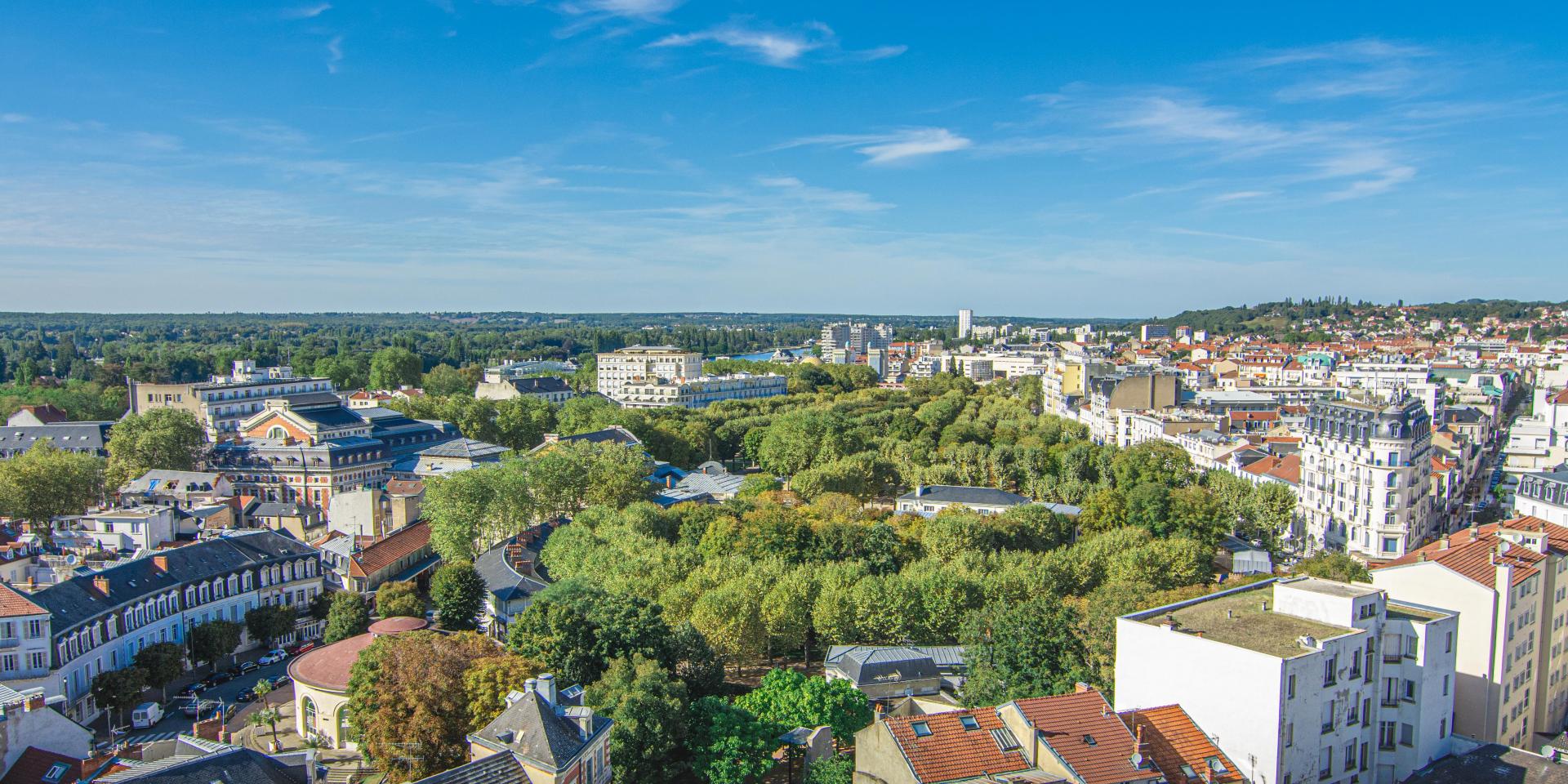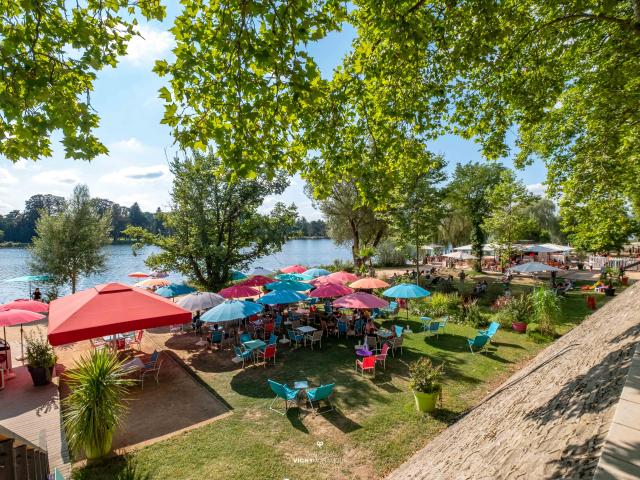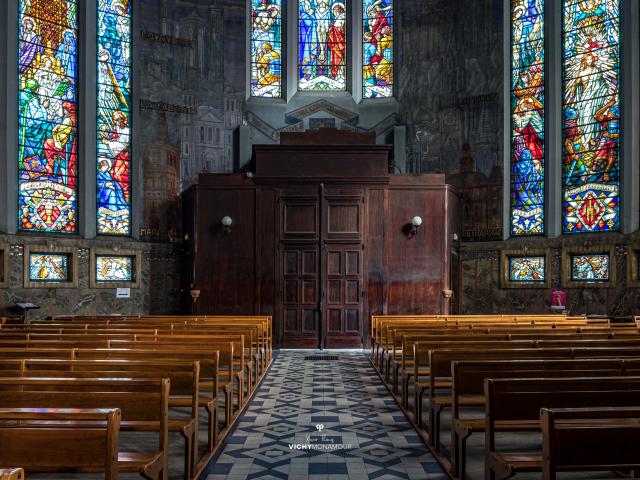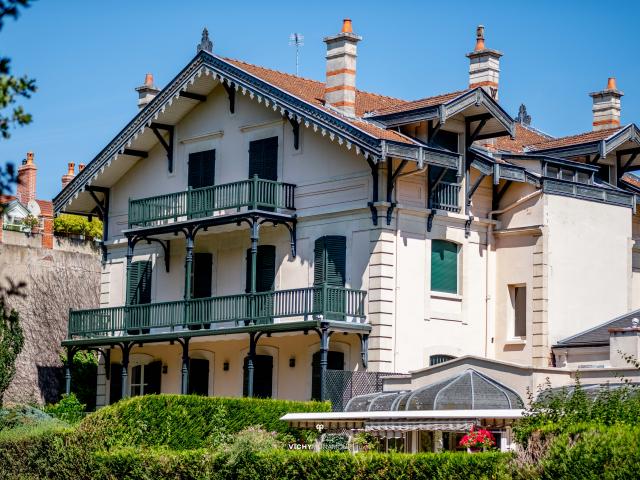On July 24, 2021, the 44th World Heritage Committee, meeting in Fuzhou (China), inscribed the eleven major European spa towns, including Vichy, on the World Heritage List, recognizing their outstanding universal value. These eleven cities* form a carefully selected series among the hundreds of spa towns in Europe. This transnational property (bringing together seven different countries) is recognized as providing an exceptional testimony to the phenomenon of European thermalism which reached its peak between the 18th century and the first decades of the 20th century. The springs, the thermal establishments, the places of promenades, operas, theaters, music pavilions, stations, parks, cafés, golf courses or racecourses… all that we preserve today of this splendid period, testifies to this exceptional intangible value. At first glance, this Unesco World Heritage listing seems to be a matter of course. But in order to obtain the precious label, it was necessary to meet a very precise set of specifications. We talk about property, criteria, attributes and sites… Explanation of the text.
 Hall des Sources
Hall des Sources

















